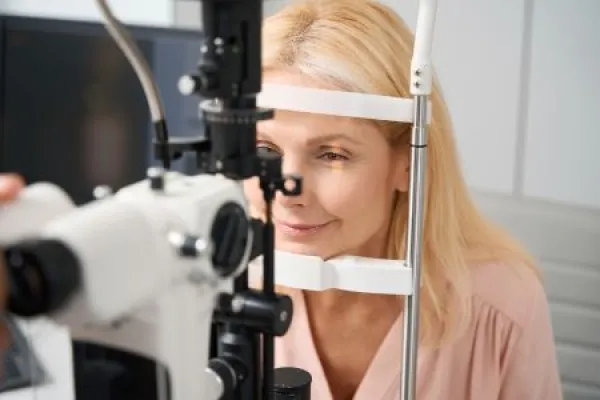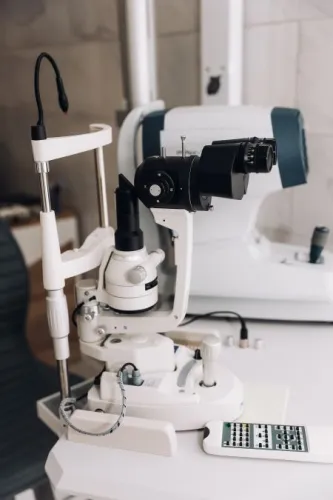Vanquish Misconceptions Hindering 92020 Claims
Get answers to your FAQs about postop, bilateral gonioscopy billing rules. There are several diagnostic tests ophthalmologists can use to diagnose and monitor glaucoma. Some are components of the ocular examination, for example the assessment of intraocular pressure (IOP). Other glaucoma tests, often prompted by the results of an earlier eye exam, are stand-alone services with unique CPT® codes and separate reimbursement. Gonioscopy is an example of the latter and reporting it can be problematic if you don’t follow CPT® and Medicare rules. Let these expert answers to frequently asked questions about 92020 (Gonioscopy (separate procedure)) help ensure proper pay for this procedure. Can You Help Me Understand the ABCs of Gonioscopy? Gonioscopy is the process of assessing the anterior chamber of the eye in order to diagnose abnormalities of the intraocular drainage system — the globe produces and drains aqueous humor constantly. If the anterior chamber angle is narrow or closed, the drainage of the fluid is obstructed, potentially causing elevated IOP. Under normal circumstances, the angle cannot be seen on examination. A special contact lens prism placed on the surface of the eye allows visualization of the angle and drainage system. During the more common indirect gonioscopy, the physician uses a mirrored goniolens with illumination and magnification provided by a slit-lamp microscope, whereas in direct gonioscopy, the doctor uses a convex lens without a mirror to directly visualize the angle without distorting it. Bottom line: Ophthalmologists primarily use gonioscopy to check for signs of glaucoma and, if present, determine whether the drainage angle of the eye is closed or open. Can I Report 92020 and an Eye Exam Code? CPT® lists gonioscopy as a separate procedure. It can’t be billed in addition to a more comprehensive service if the gonioscopy is performed routinely — when the patient doesn’t have a sign, symptom, or known diagnosis that medically warrants testing — the procedure will be bundled into the eye exam. However, it is billable in addition to any level of evaluation and management (E/M) service or eye code when medical necessity exists. A screening is not covered, but gonioscopy is covered if the patient has Type 2 diabetes, for example. Patients with diabetes can develop rubeosis iridis (neovascularization of the iris), and gonioscopy is a primary diagnostic technique for this condition. Tip: “The justification for an eye examination in addition to gonioscopy as a separate procedure is satisfied by two different diagnoses: one for the examination and another for the test. In this way, the ‘unrelated or distinct’ stipulation is met. For example, filing the office visit with a diagnosis of cataract (H25.-) and the gonioscopy with intermittent angle-closure glaucoma (H40.23-) satisfies the provision,” according to an article by senior consultants at Corcoran Consulting Group. Can I Bill for Gonioscopies Performed Postoperatively? The global surgical package includes postop follow-up care; however, certain services associated with surgery are not considered part of the package — for example, diagnostic tests — and are reimbursed separately. Thus, if it is medically necessary to perform gonioscopy during the postoperative period, you might be reimbursed for the test, depending on why it was done. “For example, following keratoplasty for ocular trauma, the patient develops goniosynechiae, which the surgeon follows carefully using gonioscopy. The postoperative eye examination would not be billed, but gonioscopy would be. No special modifiers would be required on the claim to obtain reimbursement for gonioscopy in this situation,” per the Corcoran Consulting Group article above. “However, tests performed simply to confirm the outcome of a procedure are not separately billable. For this reason, gonioscopy in the global period following glaucoma surgery is frequently denied,” says Mary Pat Johnson, CPC, CPMA, COMT, COE, senior consultant with Corcoran Consulting Group. Check the chart notes: The documentation of a chief complaint other than the fact that the patient is being seen for postoperative care would have to be noted, or documentation that the eye requires the services would need to be present. Is 92020 Inherently Bilateral? “Most insurance companies, including Medicare, consider 92020 a bilateral procedure code, meaning they pay only once for the work testing both eyes at a single encounter,” Johnson notes. Therefore, you cannot report the code twice when your eye care provider performs a gonioscopy on both eyes. “Billing the service automatically implies that while you performed the service or test on both eyes, you are only allowed to bill one unit,” explains David Gibson, OD, FAAO, a practicing optometrist in Lubbock, Texas. Although CPT® doesn’t specifically describe the procedure as bilateral in the code descriptor, most payers follow Medicare’s lead. You can find the bilateral surgery indicators in the Medicare Physician Fee Schedule (MPFS). Check the column of the database marked “Bilat Surg.” The MPFS assigns 92020 a bilateral surgery indicator of “2,” which means Medicare has set the relative value units (RVUs) for gonioscopy based on the ophthalmologist performing the procedure bilaterally. How Do I Report Gonioscopy on 1 Eye Only? If the ophthalmologist uses gonioscopy to test just one eye, the payer may require you to indicate that the physician did not perform the full bilateral procedure. “Modifier 52 (Reduced services) is usually used to report a reduced service; however, payers differ on their instructions when it comes to gonioscopy — some want providers to append modifier 52 and the appropriate RT (Right side)/LT (Left side) modifier to 92020 when only one eye is tested. Others do not,” Johnson notes. The bottom line: Steer clear of potential billing blunders by verifying your payer’s modifier preferences before submitting the claim.





